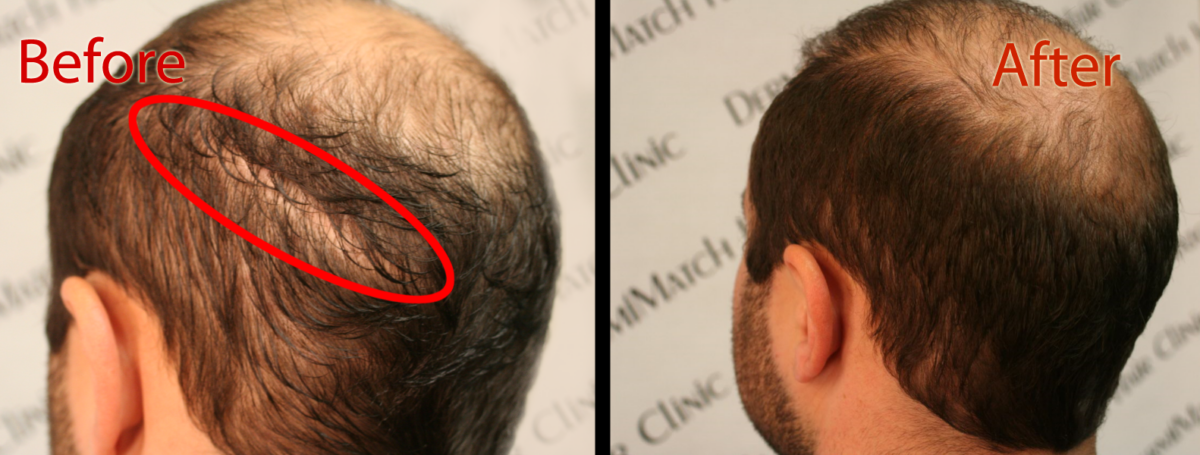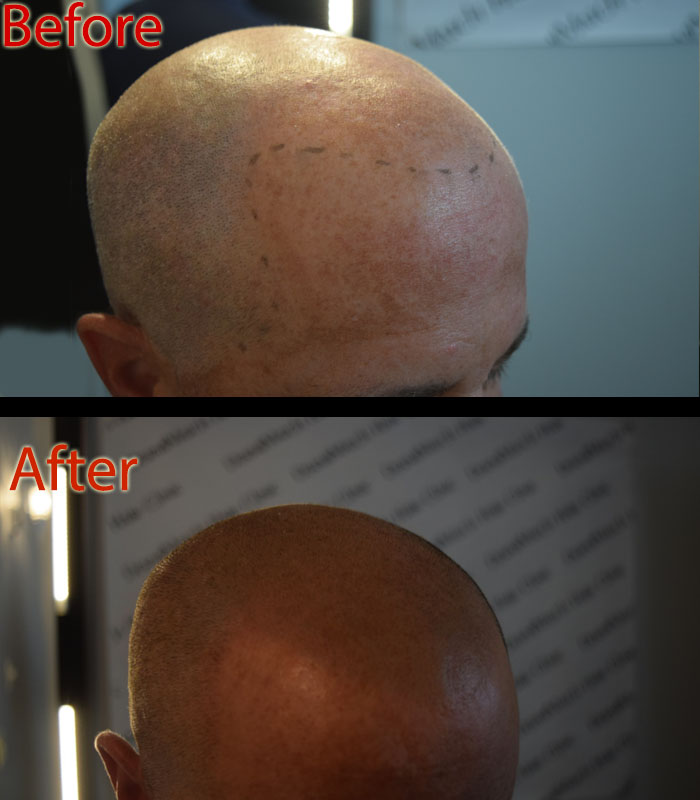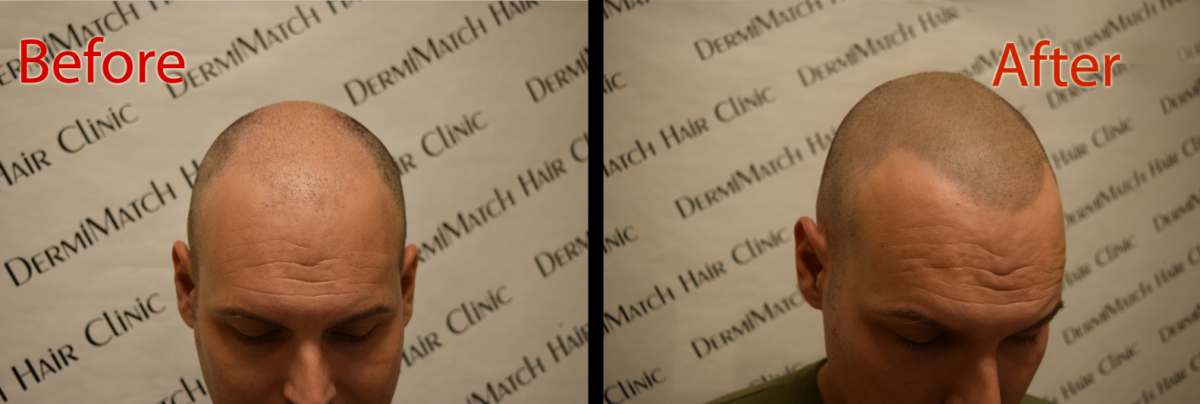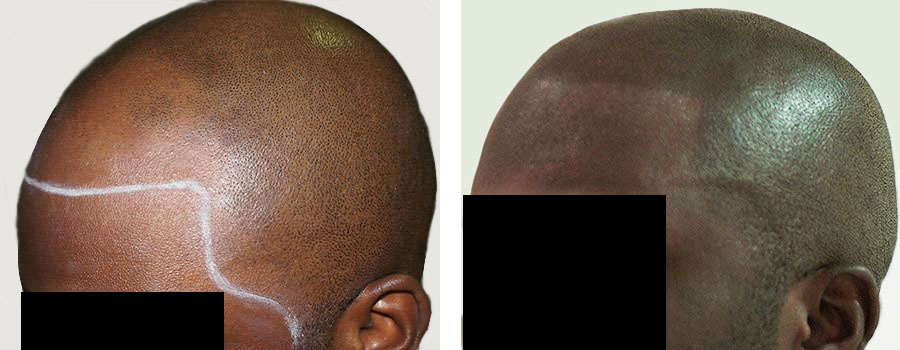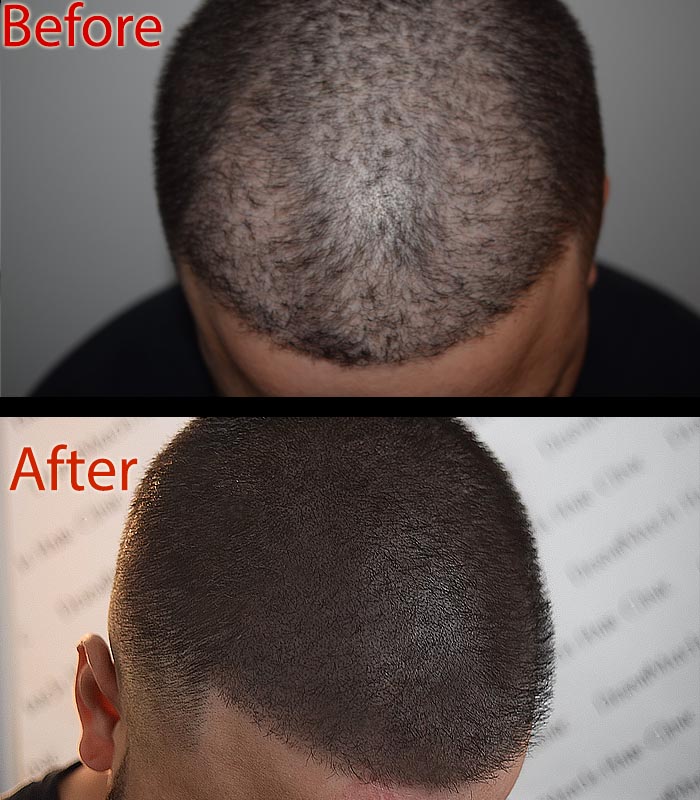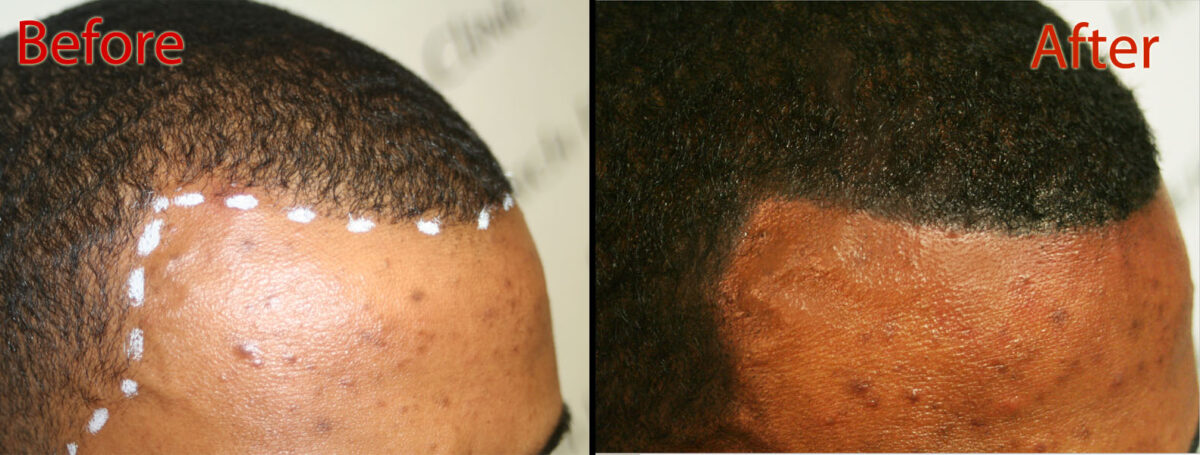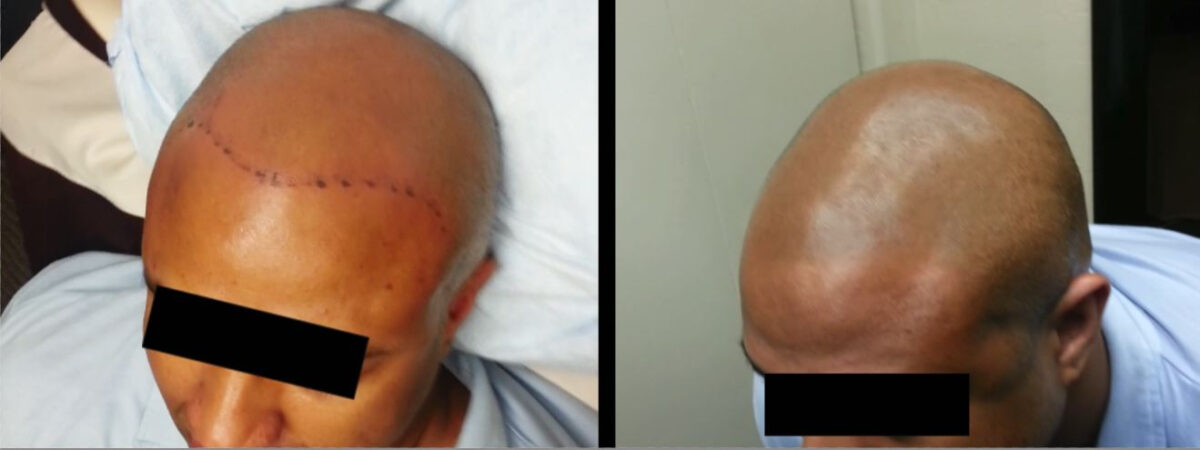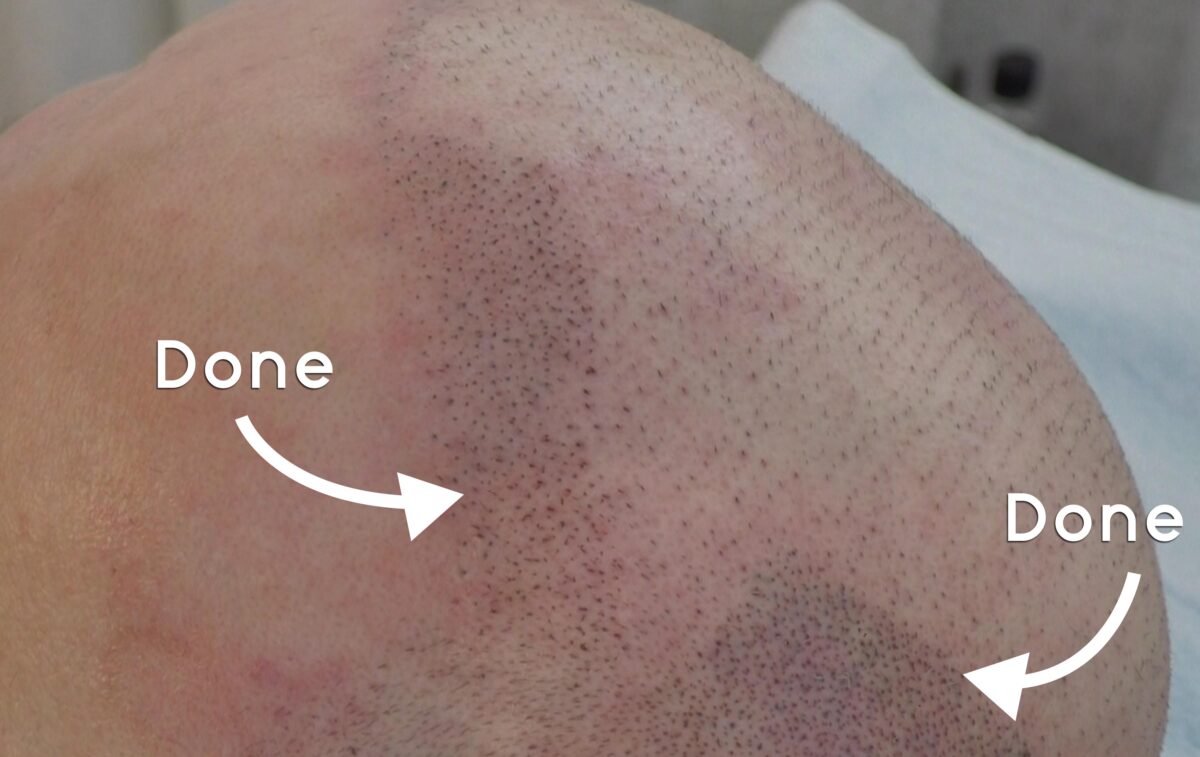Follically challenged is a term that describes the state of baldness. Anyone who is losing hair and balding can be described as a follically challenged person. Both men and women lose hair, which is integral to their personality. Unfortunately, an increasing number of men and women are losing hair and balding. In fact, many of them cannot cope with hair loss. They feel they have lost their identity, personality, and self-esteem.
Follically Challenged Causes
You may be a victim of hair loss due to hereditary factors, hormonal problems, medical conditions, poor food choices, medications, or stress. The environment too plays a part.
- If you have a family history of baldness, chances are that you, too, will have to meet that fate.
- Hair follicles tend to shrink with age. As a result, you experience thinning hair. Aging is part of life but it brings along a condition when your hair becomes brittle and prone to shrinkage.
- Several conditions can cause hair loss, such as an underactive thyroid, lupus, diabetes, or an autoimmune disorder.
- Your hairstyle might be the culprit too. If you part hair widely, that can strain the follicles, resulting in breakage. This is known as traction alopecia.
- Even hair straighteners and hot combs can damage hair and follicles. Such damage can lead to hair loss.
Solution for Follically Challenged Problem
Whatever the reason for your receding hairline, you are suffering emotionally every time you look at yourself in the mirror. Well, no doubt, there are several ways to treat hair loss. But it all begins with finding the right hair care products. You want to include products that contain biotin for hair growth. Apart from this minoxidil is popular as a hair loss treatment. But it may or may not work for all people. Besides, the moment you discontinue the treatment, hair loss resumes.
Luckily, there is one hair restoration treatment that can cover the receding hairline in your case. You can trust an experienced SMP practitioner in Scottsdale for scalp micropigmentation.
What is Scalp Micropigmentation?
SMP is a cosmetic tattoo that uses special microneedles and pigment to create the illusion of thicker hair.
The technique is safe and effective when a reputable and certified scalp artist in Scottsdale performs the procedure. The results of the treatment can last for years before needing a touch-up to revive the charm.
How SMP Is a Better Option
SMP is a minimally invasive hair loss procedure that does not promise to regrow hair. But the cosmetic solution hides the scalp problem without being too invasive. The treatment takes effect as soon as the final session is over.
If you’re follically challenged, SMP can help. Trust the Scottsdale SMP professionals at DermiMatch Clinic to overcome the problem of a receding hairline. They have the resources, skills, and tools to correct scalp problems with the utmost discipline and expertise. With SMP, you no longer have to worry about being follicly challenged. The solution lies with scalp micropigmentation. Consult with scalp experts immediately.


